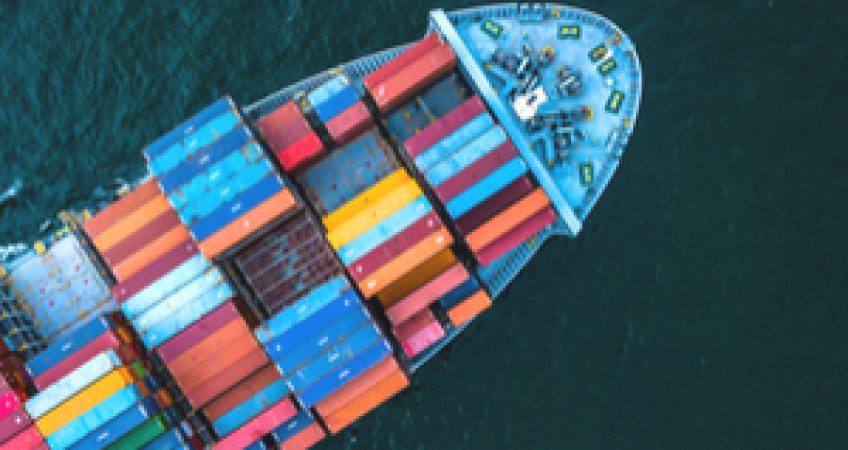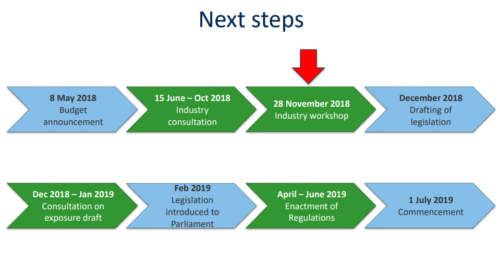
Background and goal of the Biosecurity Import Levy
With the number of imports constantly growing, the biosecurity risk to Australia increases just as much. In order to protect Australia from international pests, the government aims to invest in a better biosecurity system and has decided to introduce a Biosecurity Imports Levy for sea freight imports as of 1 June 2019.
Who is impacted by the Biosecurity Imports Levy
All importers, vessel owners, operators and their agents
Goods impacted by the Biosecurity Imports Levy
The levy will have to be paid for all containerised and non-containerised sea freight imports (except military equipment). In a recent workshop the Department of Agriculture and Water Resources presented the latest updates about the levy:
- The levy will apply to all commercial vessels, and to all containers and cargo that is unloaded at an Australian port
- The expanded levy base will result in a reduction in levy rates for bulk cargo
- The levy will have to be paid by vessel owners, operators and their agents1
Expected Costs (as of 28.11.2018)
The latest update we received on costs are as per below:
- Containers $ 10.0 per Twenty Foot Equivalent Unit (TEU)
- Breakbulk cargo $1 per metric tonne
- Bulk cargo $0.50 per metric tonne
- Commercial vessels $0.027 per volumetric ton of vessel gross tonnage.1
How will the Biosecurity Imports Levy be collected (reporting and paying)?
Reporting:
- Who: Vessel owners, operators or their agents – through MARS
- What has to be reported: MARS Pre-arrival report plus
- number and size of containers to be unloaded at any Australian port
- weight of bulk and break bulk cargo intended to be unloaded at any Australian port (in metric tonnes)
- gross tonnage of the vessel
- When: Additional information is likely required to be provided as part of current pre-arrival reporting, which is required to be submitted 48 hours before a vessel arrives at its first Australian port
- Do vessels need to report before arrival at each Australian port? Reporting in regards to the levy is only required ahead of the vessel arriving at its FIRST Australian port for that voyage1
Paying:
- Who: Vessel owners or operators will have to pay the levy
- When: The levy has to be paid quarterly in arrears to the Department of Agriculture and Water Resources
- How is the levy amount to be paid calculated: The levy rate for vessels, containers, breakbulk and bulk cargo is required to be calculated per voyage and then consolidated for that quarter1
Timeline
The Biosecurity Imports Levy for sea freight imports still is due to be completed. We assume there are more updates to come and recommend you revisit this page to stay on top of changes.
Tony Valcich
Customs Manager
C.T. Freight
Sources:
industry-advice-2019-05-2019
ftalliance news details 15579
CT Freight

